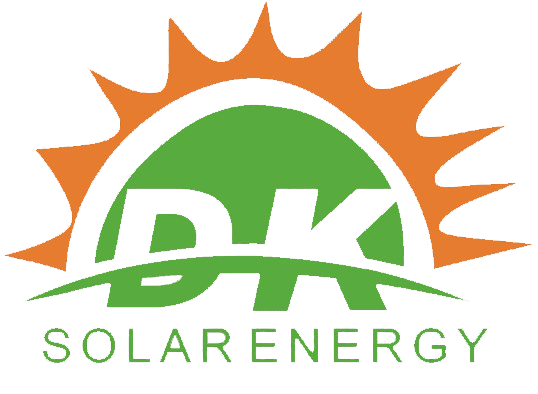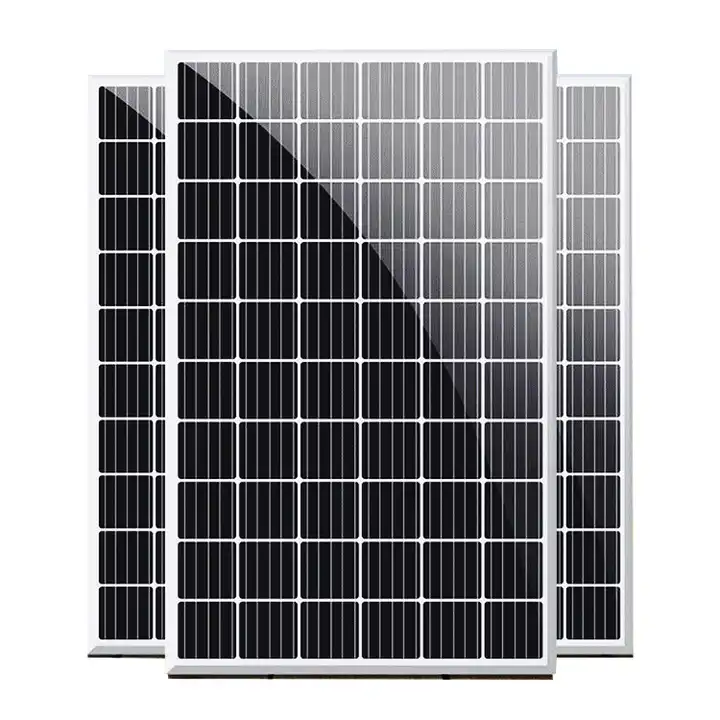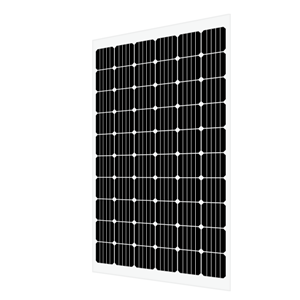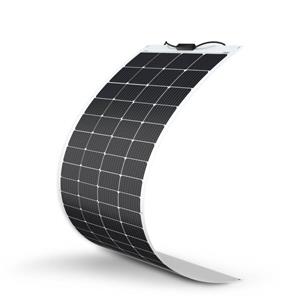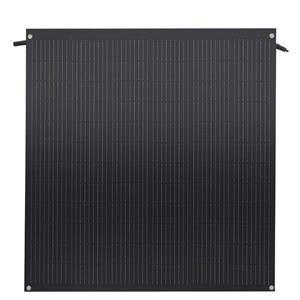The solar flexible panels encapsulation film materials choose.
Traditional photovoltaic modules generally consist of solar cell, backsheet, EVA, Silicone sealant, junction box and solar tempered glass.
The top layer of the component is generally made of tempered glass to provide sound insulation, waterproofing, and crack prevention.
Among traditional components, solar tempered glass currently weighs the most. By using lightweight photovoltaic transparent front panels, the weight of the overall component can be reduced by 60%-70%, which can meet the needs of installing photovoltaic components on low roofs with curtains.
Lightweight photovoltaic transparent front plate encapsulated components Currently, the front plate materials of lightweight photovoltaic modules on the market mainly include soft glass, ETFE (ethylene-tetrafluoroethylene copolymer), PVDF materials, etc.
1. Soft glass (also known as PVC soft crystal plate): This is a new material developed to address the technical difficulties of lightweight components. It has heat resistance, cold resistance, anti-aging, high water resistance, It has the advantages of heavy pressure resistance, light weight, strong acid and alkali resistance, long service life, impact resistance, tensile resistance, soft texture, and antistatic. It also ensures light transmittance and achieves a comprehensive optimal solution.
2.ETFE material: The thickness of ETFE film material is usually 0.05~0.25mm. Because of its thin thickness,it generally needs to be matched with glass fiber composite material as the substrate. ETFE material has the advantages of durability and high transparency, lightweight, sustainability and environmental protection, durability and weather resistance, antifouling and self-cleaning functions, etc., making it suitable for applications in the field of photovoltaic front panels Excellent performance.
3.PVDF material: It is composed of reinforced PET core material and fluorine-containing film. PVDF film is generally used for fluorine-containing film. Key advantages include its UV resistance, mechanical properties, and microstructural stability. Application in photovoltaic modules has significant advantages.
Under the background of carbon neutrality and carbon peak, the global lightweight photovoltaic module market will show explosive growth in the next few years. According to statistical calculations, it is expected that by 2030, the global lightweight photovoltaic module market will exceed 100GW.
